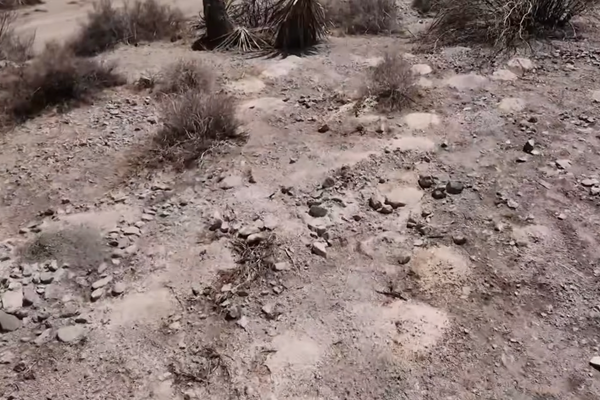
An emergency plan is being drawn up to save the capercaillie, one of the UK’s most elusive and threatened woodland birds, after its numbers plunged.
The Royal Society for the Protection of Birds said the latest population survey found its estimated population had fallen from roughly 1,114 in 2015/16 to about 542 birds last winter, putting it at a critically low level.
Officials in the Cairngorms national park are working on plans to close and reroute paths used by ramblers, dog walkers and mountain bikers through the Highland forests where capercaillie mate and nests, in a final effort to halt the species’ decline.
In previous surveys 20 and 30 years ago, ornithologists estimated there were roughly 2,000 capercaillie in Scotland. Since then, unfavourable weather during early summer – thought to be influenced by climate change – has frequently hit their breeding.
Once seen as far west as Loch Lomond and across Highland Perthshire, the bird is now almost entirely restricted to forests in the Badenoch and Strathspey area of the Cairngorms, where it feeds on blaeberries, pine seeds and shoots.
The capercaillie is the largest member of the grouse family. It was the first species to be deliberately reintroduced into the UK, from Sweden in 1837. It had previously been hunted into extinction, and this year the scientific advisory committee for NatureScot, the government conservation agency, warned that at the present rate of decline it could again become extinct in the UK in two to three decades.
Landowners have been stripping out deer fences known to kill capercaillie as they fly, introduced voluntary requests for walkers to keep dogs on their leads and asked walkers and mountain bikers to stay on marked paths through breeding areas from April to August.
Intensive efforts are under way to increase native pine forests in the Cairngorms, the main capercaillie habitat, through an alliance of landowners called Cairngorms Connect, some of whom are at the forefront of the rewilding movement in the Highlands.
Andy Ford, the park’s director of nature and climate change, said there were now moves in hand to stop walkers, cyclists and dogs disturbing capercaillie during the breeding season, when males gather in mating areas known as a lek – the Old Norse word for play – to fight, display and establish dominance.
He said the national park and its partners were pursuing more radical proposals. The survey results had “really brought home the sense of urgency”, he said. “We’ve seen the capercaillie declining and have invested a significant amount of time and money doing what we can. What this does is say we need to do more. We’re going to need an emergency plan for the next three to five years. What more do we need to do to act at speed, and act together wherever possible?”
Ford said the national park put heavy emphasis on collaborative agreements with residents and visitors; mountain bikers and ramblers had already shown they were committed to voluntary restrictions. New bylaws to close down the most sensitive areas during the breeding season could be an option in future, if the present measures fail.
Ecologists are testing diversionary feeding for predators, laying out carrion to stop pine martens and foxes eating capercaillie chicks.
Gus Jones, the convener of the Badenoch and Strathspey Conservation Group, said the park authority and NatureScot were partly to blame, by allowing housing and holiday developments and by failing in the past to arrest the growth of outdoor sports in sensitive locations.
“The authority and NatureScot have repeatedly made unrealistic assessments,” he said. “These fail to take proper account of the reality that as recreational pressures grow, many users seek out less frequented areas, which are often promoted on social media. Their appraisals have also underestimated the distances people go, especially given the rising popularity of mountain biking, e-bikes and running.”







